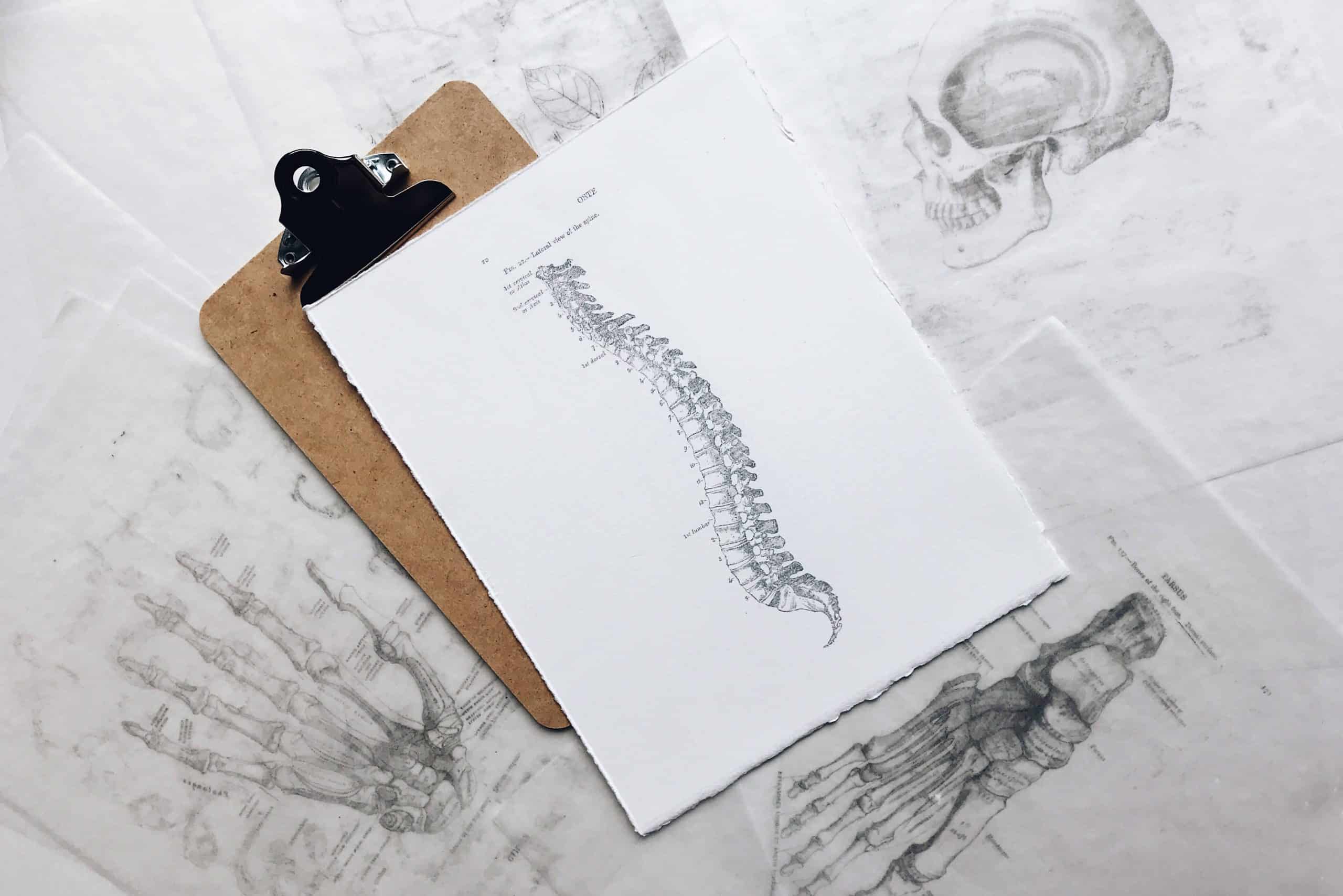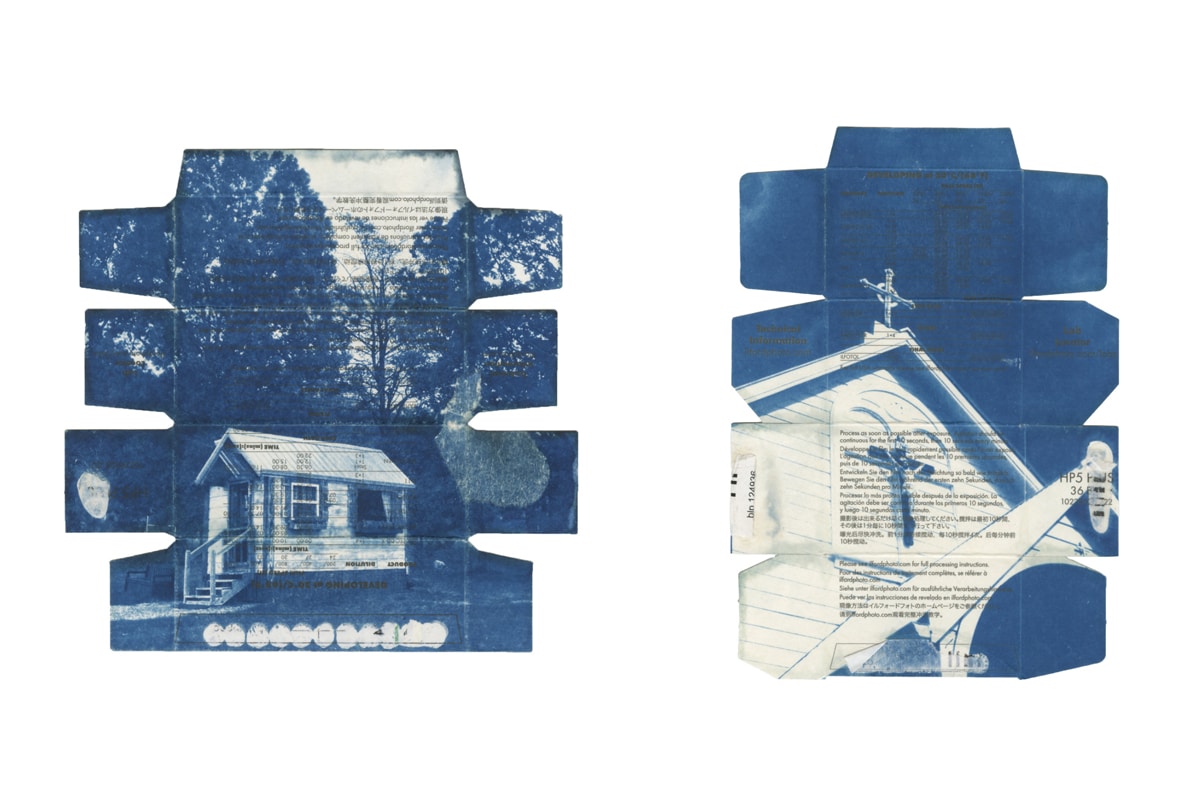Do you have a talent for detailed sketching? Do others marvel at your bizarrely deep knowledge of all the obscure bones in the human body? Were you one of those rare students who was equally excited for biology and art class? If so, you may be able to start working in the weird and wonderful world of medical illustration. Need to know how to become a medical illustrator? We’ll answer some common questions about the medical illustrator job description, medical illustration education requirements, the medical illustrator job outlook, and, of course, the medical illustrator salary. Let’s get going!
What Does a Medical Illustrator Do?
First, a medical illustrator definition: medical illustrators create accurate and realistic representations of human or animal biology. They are experts in science and art, and act as educators in the field by providing visual renderings of complicated anatomy and medical concepts. Their drawings are used to complement written explanations in textbooks and other medical material—to inform and communicate with medical students and doctors and patients alike. Medical illustration professionals may be employed in labs, by publishing companies, or by pharmaceutical companies. They may also own their own freelance medical illustration business.
The material created by medical illustrators may be used in lectures, books, medical journals, in physicians’ offices, and more. They may create animations, sketches, or 3D models. There is an emphasis on accuracy and detail across all forms. Medical illustrators may have a specialization, such as a particular organ or part of the body. They may also focus on botanical, zoological, or even molecular chemistry drawings.
What Kind of Skills Does the Medical Illustrator Job Description Require?
Those who are looking to get into a career in medical illustration should have a strong interest in both visual art and life sciences. Medical illustrators must be extremely detail-oriented and possess very good communication skills. Interpersonal skills are also important, as medical illustrators may work with a variety of clients and employers. The prospective medical illustrator should be a talented sketch artist and have an in-depth knowledge of both human and animal biology.
It is important to understand that medical illustrators must be equally skilled at both illustration and biological sciences. As these two disciplines often attract two very different kinds of students, this may narrow down the pool of potential medical illustration pros significantly.
Do I Need to Go to Medical Illustration School?
Most professional medical illustrators hold a master’s degree in medical illustration from an accredited graduate school. There are no undergraduate degrees offered in medical illustration. In order to apply for a masters program, students must have completed an undergraduate degree in a related discipline such as art or biology. A combination of both is ideal (i.e., a major and a minor or a double major).
A small but significant number of medical illustration professionals hold doctorate degrees in science or art. Though this is not necessary, it may give you an edge when it comes time to apply for medical illustration jobs.
Do I Have to Get a Medical illustration Degree?
There is no one specific way of how to become a medical illustrator. As mentioned above, it is highly recommended that medical illustrators seek out a master’s degree in medical illustration at an accredited school. Although it is not explicitly required, it is the best option, as the field is very competitive.
However, there are things that prospective medical illustrators can do in high school and university to prepare themselves for a medical illustration career. It is worthwhile to take a combination of courses in artistic disciplines such as color theory, drawing, and sketching, as well as courses in anatomy and life sciences. Students should also expect to prepare a medical illustration portfolio in preparation for applying to graduate school. This is a very important part of the application process.
What Kinds of Medical Illustration Programs are Out There?
There are currently three medical illustration programs in the United States that offer accredited programs in medical illustrator education. These medical illustration schools include Augusta University, in Augusta, Georgia; John Hopkins University in Baltimore; and the University of Illinois at Chicago. All medical illustration programs are two years in length and result in a Masters of Science, with the exception of John Hopkins, which offers students a Masters of Arts.
Students enrolled in a medical illustration program can expect courses on subjects including anatomical illustration, medical technology, multimedia rendering styles, and visual problem-solving. Medical illustration schools often share close partnerships with nearby medical schools and museums to give students an interactive learning experience
The University of Toronto is the only medical illustration school in Canada to offer a program in medical illustration to teach you how to become a medical illustrator. Due to small class sizes, entry to all programs is very competitive.
What is the Medical Illustrator Salary Like?
The average medical illustrator salary ranges between $62,000 to $85,000 per year. Medical illustrators can either be employed full-time or on a freelance basis. Salaries tend to be higher for supervisors and artistic directors and can increase with medical illustration experience.
It is common for medical illustrators to be self-employed. In fact, self-employed medical illustrators reported some of the strongest earnings—sometimes climbing to over six figures!
What Medical Illustration Jobs Can I Get?
Some of the places that may employ medical illustrators include publishing companies, pharmaceutical companies, labs, law enforcement agencies, and attorneys. Medical illustrators are also often self-employed. A number of medical illustrators also earn recurring income from royalties on published medical illustration.
Artwork could be published in books, magazines, journals, in exhibits, or online. Medical illustrators may also work to develop 3D models or may advise student curriculums. The work setting may be in a hospital or clinic, or may also be in the halls of an educational institution or the offices of publishing company.
What is the Medical Illustrator Job Outlook Like?
The job outlook for medical illustrators is excellent! The demand for medical illustration is expected to grow by 9% through 2018. The aging boomer population is predicted to contribute to a growth in the field. Due to the nature of the niche skills required for medical illustration, it is a relatively small field with an estimated 2,000 practitioners in the United States.
How Can I Put Together a Medical Illustration Portfolio?
Assembling the perfect portfolio is an integral part of being a professional illustrator of any kind. An amazing online illustration portfolio can inspire a medical illustration school to enrol you or a medical illustration client to hire you. (Need some inspiration? Check out these killer illustration portfolios.)
Seek out a website builder that offers a variety of clean, modern templates to showcase your medical illustration work, as well as proofing functionality that will allow any freelance clients to review and approve your medical illustrations with ease. You’ll be well on your way to a rewarding career in medical illustration in no time!
Interested in more illustration career options? Check these out:
So You Want to Be A Freelance Illustrator?
Who Pays Illustrators (And How Much)
How to Become a Fashion Illustrator












